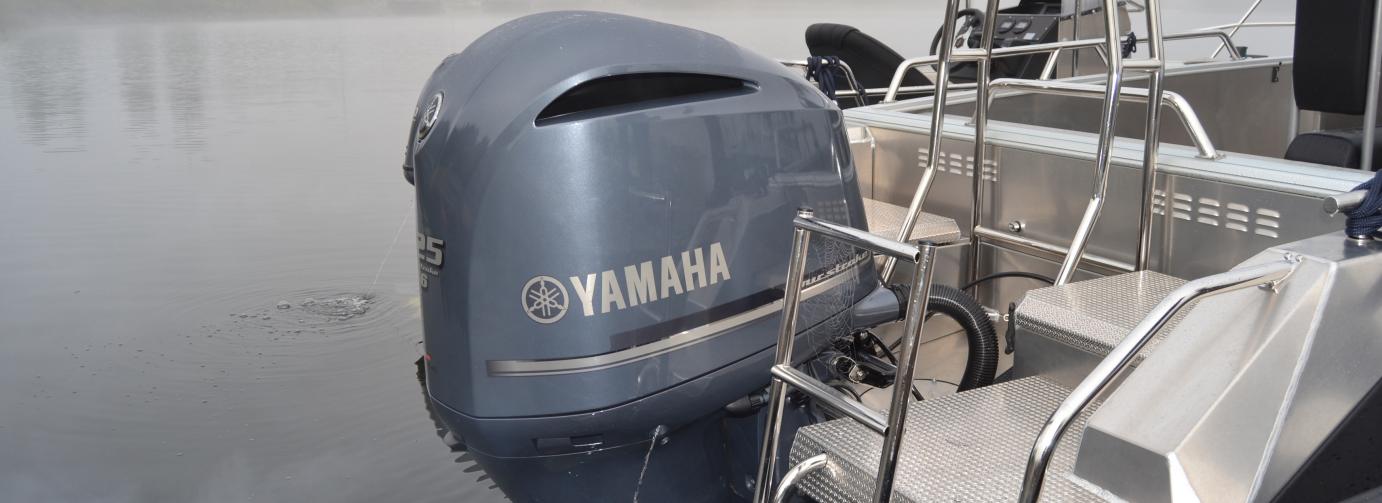Maintenance and care

- Trimming the engine and selecting the most economical boat speed
- Washing and cleaning of aluminium boats
- Maintenance and storage of the canopy and cushions
- Painting and anti-fouling treatment of aluminium boats
- Winter storage of aluminium boats and fuel requirements
- Winterizing the Buster Q display
- Transporting your aluminium boat
- Buster color codes
- Manuals
Safe Use of aluminium boats
Boating safety begins with a carefully designed and constructed boat. The boat and its crew are the responsibility of the boat’s captain, so make sure that all passengers are aware of how to behave in your boat.
- Before casting off, make sure that all passengers have easy access to life jackets. We recommend that everyone in the boat wear their life jackets for the entire duration of the boat ride.
- Before casting off, empty any excess bilge water. Bilge pumps always leave a little water at the bottom of the boat, but larger amounts of water will make the boat unstable. Inspect the bilge pump and clean the head of the suction pipe regularly.
- The most common cause of breakdowns when operating boats is simply running out of fuel or a problem with the fuel system. Make sure your boat has a sufficient amount of fuel for the planned journey and take with an extra fuel canister when needed.
- Before casting off, allow the engine to run a little and make sure that cooling water is exiting the engine. If the circulation of cooling water is restricted, the engine can seize and be damaged. At the same time, check that the steering and other controls are operating correctly.
- Load the boat evenly and secure heavy items, such as the anchor, to prevent them from moving due to waves or swaying of the boat.
- Always attach the emergency cut-off cord / man over board lanyard, which cuts off the engine if the operator falls overboard or sways out of position. One end of the emergency cut-off cord / man over board lanyard is connected to the boat’s console and the other end should be attached around the operator’s hand or thigh.
Emptying the boat of water and rainwater
Removing rainwater
Most Buster boat models are designed to drain rainwater automatically from the deck when the boat is in the water. Rainwater will also drain from the deck when the boat is on land so long as the bow is slightly higher than the stern.
The drainage holes should be closed if water enters the deck through the holes when loading the boat. In all other situations, the drainage holes should be kept open. The drainage holes should be cleaned regularly to remove any dirt and prevent blockages.
Bilge pump and emptying the bilge
The amount of water in the bilge should be kept to a minimum, as any free-flowing water will destabilise the boat.
Water that has collected or condensed in the bilge can be removed by means of an electric or manual bilge pump. Automatic bilge pumps are always on standby whenever the battery is connected regardless of the position of the main power switch. The bilge pump can also be operated from the switch on the control panel. Check regularly to make sure that the bilge pump is operational.
A drainage stopper is located in the lower corner of the transom for emptying the bilge when the boat is on land or on a trailer.
The drainage holes should be cleaned regularly to remove any dirt and prevent blockages. The bilge pump is accessible on most boat models via a service hatch in the motor well.
Please refer to the user manual for your own boat model for more detailed information about removing water.